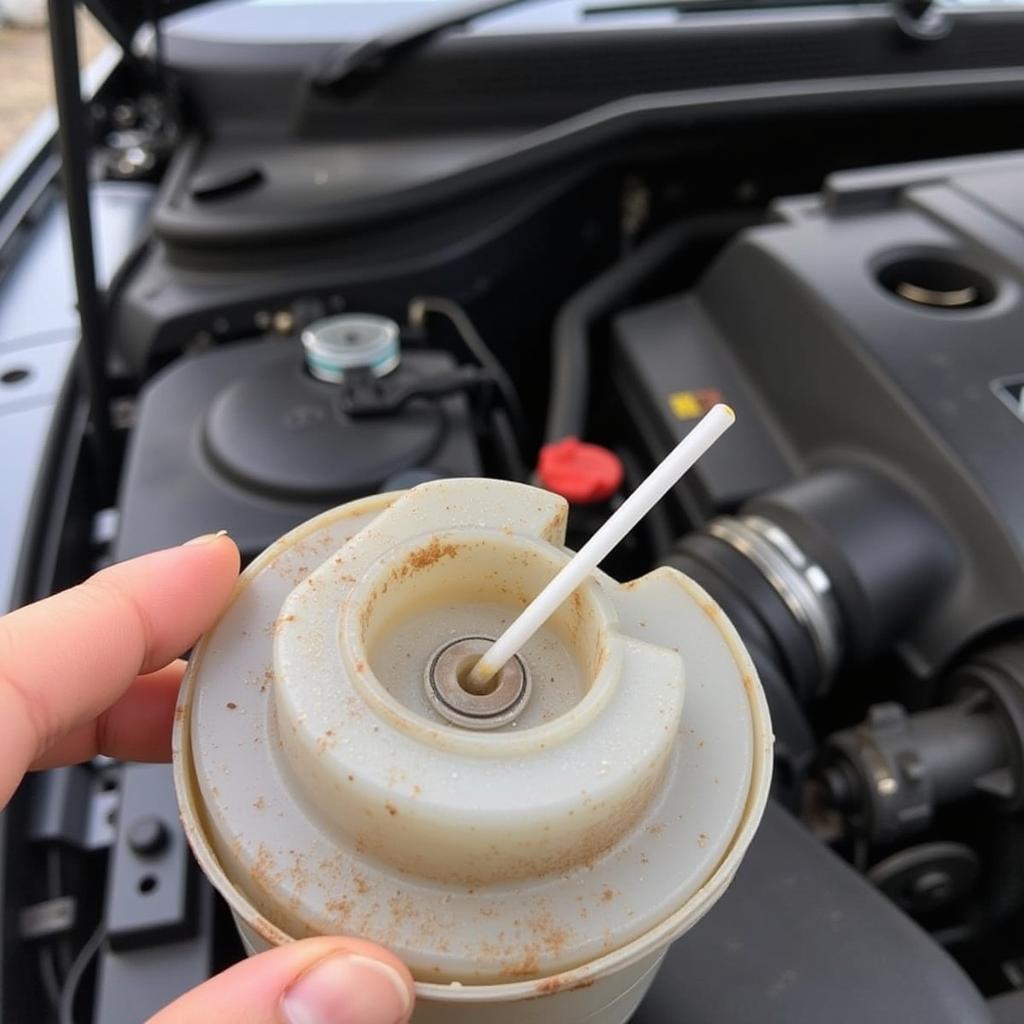Upgrading your car stereo can drastically improve your driving experience. While it might seem daunting, installing a car radio is achievable with a bit of guidance and the right tools. This guide will walk you through the process, whether you’re a DIY enthusiast or a seasoned mechanic.
Understanding Car Radio Systems
Before diving in, it’s crucial to understand the basics. Your car radio system comprises the head unit (the interface you interact with), speakers, amplifiers (for boosting sound), and sometimes, subwoofers for enhanced bass.
Common Car Radio Problems
Many issues can arise with car radios, ranging from poor reception and distorted sound to complete system failures. Some common problems include:
- Power issues: The radio won’t turn on, indicating a blown fuse, wiring problems, or a faulty head unit.
- Sound distortion: This can be caused by damaged speakers, a failing amplifier, or loose wiring.
- Poor reception: This often points to a problem with the antenna or its wiring.
- Bluetooth connectivity issues: This can be due to phone compatibility issues, outdated software in the head unit, or incorrect pairing procedures.
Diagnosing the Problem
Before installing a new radio, rule out simpler solutions. Check the fuse box for blown fuses related to the radio. Inspect the wiring harnesses behind the radio for loose connections or damaged wires. Sometimes, a simple reset by disconnecting and reconnecting the battery’s negative terminal can resolve software glitches.
Tools and Preparation
Gather the following before starting the installation:
- New car radio: Ensure it’s compatible with your car’s make, model, and year.
- Dash kit: This ensures a seamless fit for your new radio in your car’s dashboard.
- Wiring harness adapter: This simplifies the wiring process by connecting your new radio to your car’s existing wiring system.
- Antenna adapter: Necessary if your new radio and car antenna have different connector types.
- Screwdrivers: Philips and flathead, in various sizes.
- Panel removal tools: These prevent damage to your car’s interior trim.
- Wire strippers and crimpers: For making clean wire connections.
- Electrical tape: For securing and insulating wire connections.
- Multimeter (optional): For testing circuits and continuity.
Installation Steps
- Disconnect the Battery: For safety, disconnect the negative terminal of your car battery.
- Remove the Old Radio: Use the panel removal tools to carefully pry off trim pieces and access the mounting screws securing the old radio. Gently pull the old radio out, disconnecting the wiring harness and antenna.
- Prepare the New Radio: Connect the wiring harness adapter to your new radio’s wiring harness, matching colors carefully. If needed, connect the antenna adapter.
- Install the New Radio: Slide the new radio into the dash kit, ensuring a snug fit. Connect the wiring harness and antenna to the new radio.
- Test and Secure: Reconnect the negative battery terminal and turn on the car to test the new radio. If everything works correctly, secure the radio to the dash using the mounting screws.
- Reassemble the Dash: Carefully snap back into place all trim pieces you removed earlier.
FAQs
Can I install a car radio myself?
Absolutely! With some patience and the right tools, installing a car radio is a manageable DIY project.
How much does it cost to install a car radio professionally?
Professional installation costs vary depending on your location and the complexity of the installation. For an accurate estimate, check out our guide on “How much is car radio installation?” at https://cardiagtech.com/how-much-is-car-radio-installation/.
What do I do if my new radio doesn’t power on?
Double-check that the wiring harness is properly connected and that the fuse for the radio is not blown. You might also have a look at our “How much to install Sirius radio in car” guide for additional insights. You can find it here: https://cardiagtech.com/how-much-to-install-sirius-radio-in-car/.
My new radio has Bluetooth, but I can’t connect my phone. What should I do?
First, ensure Bluetooth is enabled on both devices. Consult your radio and phone manuals for pairing instructions, as the process varies. If issues persist, check if a software update is available for your radio or phone. You can find more information about car radio installations and related costs on our website https://cardiagtech.com/how-much-to-install-a-radio-in-a-car/.
Can I add features like SiriusXM or Apple CarPlay to my existing car radio?
In some cases, you can. Aftermarket adapters can add features like satellite radio or smartphone integration to compatible radios. However, exploring a head unit upgrade offering those features natively might be more practical.
Conclusion
Installing a car radio is an excellent way to upgrade your driving experience and enjoy your favorite music and podcasts on the road. While it involves careful wiring and understanding of your car’s electrical system, it’s achievable with the right information and preparation.
If you’re unsure about tackling the installation yourself, seeking professional help is always recommended. Certified technicians can ensure a safe and correct installation, preventing potential issues. For further information and resources on automotive diagnostics and software solutions, explore CARDIAGTECH’s offerings at https://cardiagtech.com/how-to-install-xm-radio-in-my-car/. Remember, always prioritize safety and refer to your car and radio manuals for specific instructions and guidelines.

